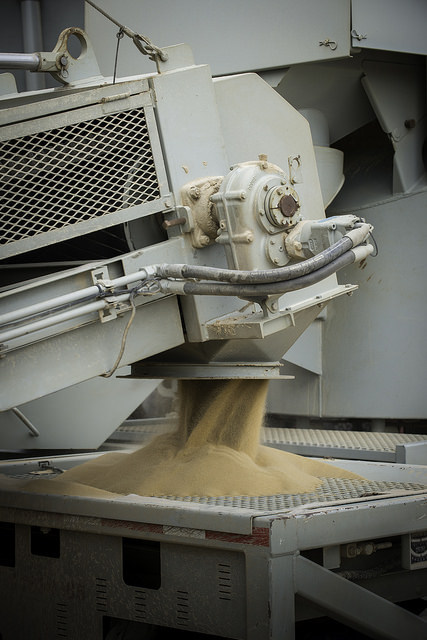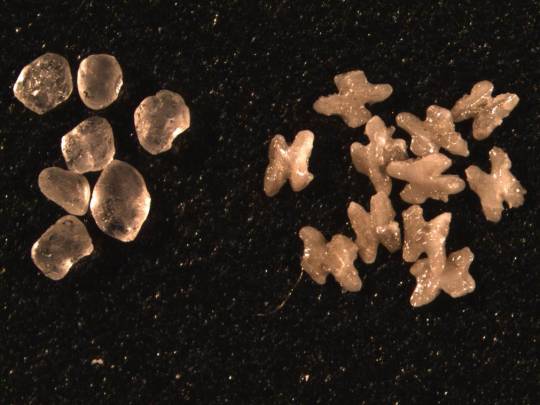William Blake could see a world in a grain of sand. Sumitra Rajagopalan, founder and CEO of the Canadian smart materials company Bioastra Technologies Inc., has a similar disposition.
At its core, Bioastra is a health and medical devices company working with some of the largest businesses in the industry to commercialize advanced biomaterials for the next-generation medical technologies such as injectable implants, and drug delivery and microbial detection systems.
But that didn’t stop Rajagopalan from entering an open innovation challenge seeking to replace sand used for hydraulic fracturing inside oil and gas wells with a better material. “We take the human body paradigm and we apply it to everything,” she says. “There’s nothing worse than a wasted idea.”

GE and the Norwegian energy company Statoil launched the challenge earlier this year. Oil and gas fracturing works by pumping pressurized water mixed with sand or ceramics into wells. The water pressure opens tiny fissures in rock holding oil and gas. The sand grains keep the cracks open, allowing the contents to escape.
However, it takes many tons of sand and hundreds of truck trips to keep the wells going. “The result is road wear, noise, dust and emissions,” says Eric Gebhardt, chief technology officer at GE Oil & Gas. “We opened the challenge because we were looking for a better way to do it.”
Bioastra was named one of the five winners in July. “Many of us have caught the open innovation bug,” she says. “We are working on things such as injectable implants that respond to external stimuli like temperature, and change from liquid to solid in the body. But to be honest, the material doesn’t care whether you put it inside the body or inside an oil well.”

Bioastra came up with composite particles that swell up to ten times their original size in liquid. Like materials used for artificial cartilage and occlusive agents for surgery, it is very pliable and can conform to the tiny cracks in the well. “It swells when it interacts with water and heat,” Rajagopalan says.
The four other winners proposed materials ranging from high-tech ceramics to biopolymers and particles that can wedge themselves into the cracks. Hoowaki, based in Pendleton, S.C., developed with Shell an X-shaped ceramic proppant that keeps shale fractures open and reduces settling by 50 percent (see image above).
University of North Dakota’s Energy & Environmental Research Center (EERC) in Grand Forks came up with ceramic particles made from a widely available local ore that are 40 percent less dense than current ceramic proppants (see image below).
Semplastics of Oviedo, Fla., proposed another heat and crush resistant ceramic material half the density of sand, and Biopolynet of Fredericton, New Brunswick, came up with a fluid additive that allows proppants to better adhere to surfaces.

All of the teams will get a cash prize of $25,000, and will be eligible to receive additional funds from a $375,000 pool for the potential development and commercialization of their ideas after meeting other conditions.
The end game is to develop a diverse portfolio of technologies that help reduce the environmental footprint, while enhancing operation efficiencies,” Lars Hoier, Statoil’s senior vice president for research, development and innovation, said in a press release.
GE’s Gebhardt said that he was eager to move to further testing and development and see how the proposals perform. “It’s exciting and gratifying see the quality of the responses and that many were from industries not related to energy,” Gebhardt said.
GE and Statoil also announced a second challenge focusing on water use in fracking. That challenge remains open until Sept. 24, 2015.
Filed Under: Infrastructure




